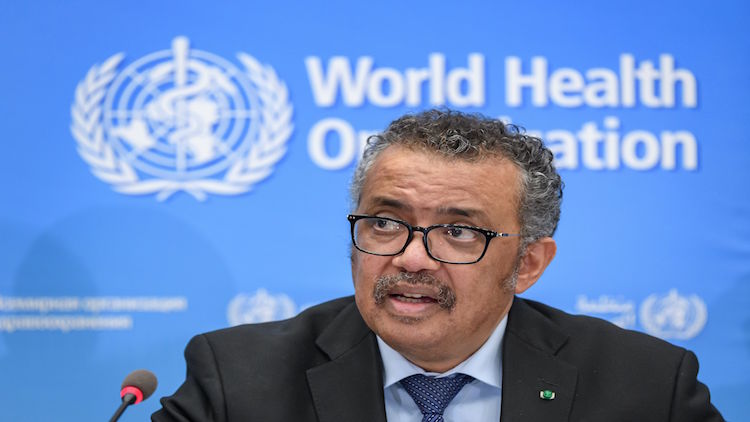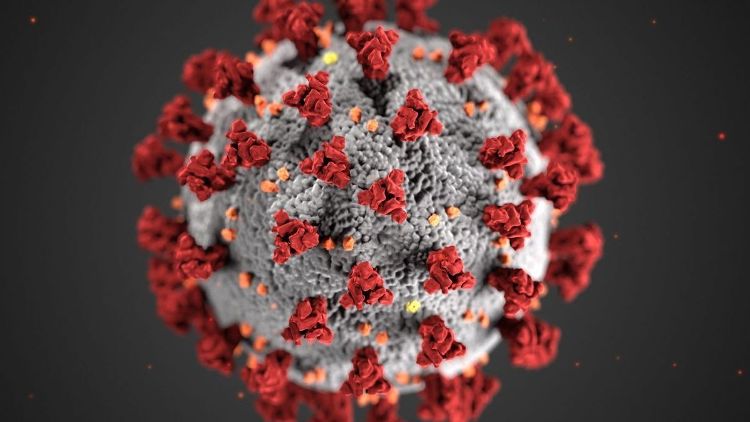WHO Issues New Guidelines for COVID-19 Precautions, Including Airborne Transmission

The World Health Organisation on Thursday issued new guidelines in a scientific brief titled: “Modes of transmission of virus causing COVID-19: implications for infection prevention and control precaution recommendations”. These include new scientific evidence available on transmission of SARS-CoV-2.
The new guidelines refer to airborne transmission of the virus. “This can occur in health care settings where specific medical procedures, called aerosol generating procedures, generate very small droplets called aerosols. Some outbreak reports related to indoor crowded spaces have suggested the possibility of aerosol transmission, combined with droplet transmission, for example, during choir practice, in restaurants or in fitness classes”, the scientific briefing said.
It went on to state that current evidence suggests that transmission of SARS-CoV-2 occurs primarily between people through direct, indirect, or close contact with infected people through infected secretions such as saliva and respiratory secretions, or through their respiratory droplets, which are expelled when an infected person coughs, sneezes, talks or sings. Respiratory droplets from infected individuals can also land on objects, creating fomites (contaminated surfaces). As environmental contamination has been documented by many reports, it is likely that people can also be infected by touching these surfaces and touching their eyes, nose or mouth before cleaning their hands. “Based on what we currently know, transmission of COVID-19 is primarily occurring from people when they have symptoms, and can also occur just before they develop symptoms, when they are in close proximity to others for prolonged periods of time. While someone who never develops symptoms can also pass the virus to others, it is still not clear to what extent this occurs and more research is needed in this area”, the brief stated. “Urgent high-quality research is needed to elucidate the relative importance of different transmission routes; the role of airborne transmission in the absence of aerosol generating procedures; the dose of virus required for transmission to occur; the settings and risk factors for superspreading events; and the extent of asymptomatic and pre-symptomatic transmission”, it went on to state.

It went on to state that current evidence suggests that transmission of SARS-CoV-2 occurs primarily between people through direct, indirect, or close contact with infected people through infected secretions such as saliva and respiratory secretions, or through their respiratory droplets, which are expelled when an infected person coughs, sneezes, talks or sings. Respiratory droplets from infected individuals can also land on objects, creating fomites (contaminated surfaces). As environmental contamination has been documented by many reports, it is likely that people can also be infected by touching these surfaces and touching their eyes, nose or mouth before cleaning their hands. “Based on what we currently know, transmission of COVID-19 is primarily occurring from people when they have symptoms, and can also occur just before they develop symptoms, when they are in close proximity to others for prolonged periods of time. While someone who never develops symptoms can also pass the virus to others, it is still not clear to what extent this occurs and more research is needed in this area”, the brief stated. “Urgent high-quality research is needed to elucidate the relative importance of different transmission routes; the role of airborne transmission in the absence of aerosol generating procedures; the dose of virus required for transmission to occur; the settings and risk factors for superspreading events; and the extent of asymptomatic and pre-symptomatic transmission”, it went on to state.

(Physical distancing still remains the mainstay of precautions against COVID-19 infection)
How to prevent transmission The WHO states that “to the best of our understanding, the virus is primarily spread through contact and respiratory droplets. Under some circumstances airborne transmission may occur (such as when aerosol generating procedures are conducted in health care settings or potentially, in indoor crowded poorly ventilated settings elsewhere). More studies are urgently needed to investigate such instances and assess their actual significance for transmission of COVID-19”. To prevent transmission, WHO recommends a comprehensive set of measures including:- Identify suspect cases as quickly as possible, test, and isolate all cases (infected people) in appropriate facilities;
- Identify and quarantine all close contacts of infected people and test those who develop symptoms so that they can be isolated if they are infected and require care;
- Use fabric masks in specific situations, for example, in public places where there is community transmission and where other prevention measures, such as physical distancing, are not possible;
- Use of contact and droplet precautions by health workers caring for suspected and confirmed COVID-19 patients, and use of airborne precautions when aerosol generating procedures are performed;
- Continuous use of a medical mask by health workers and caregivers working in all clinical areas, during all routine activities throughout the entire shift;
- At all times, practice frequent hand hygiene, physical distancing from others when possible, and respiratory etiquette; avoid crowded places, close-contact settings and confined and enclosed spaces with poor ventilation; wear fabric masks when in closed, overcrowded spaces to protect others; and ensure good environmental ventilation in any closed setting.
Latest Videos
















